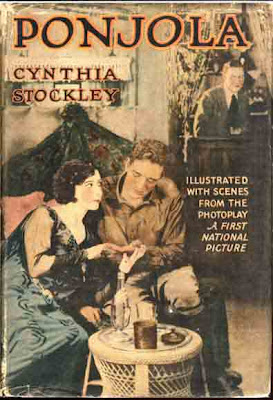There is one field of entertainment where women still don't have a major profile, even today, and that is in performance magic. All the great and famous magicians have been men although there is almost always a woman - often exotically named or scantily clad - as their support.
Finding out about historical female magicians has been quite difficult. Adrienne Herrmann (1854-1932) seems to have been one of the better-known and the subject of a new biography.
The "Magicpedia" has a listing of several others, but many of them were wives or partners, e.g. Bess Houdini, and some are only listed under one-word names, such as Mystia, Talma, and Zirka. Their biographies are as shady and thin as some of their outfits. No doubt many of them would have been run-aways to the music hall or the circus.
 |
| Madame Cora, State Library of Victoria |
According to her slim entry in Magicpedia, she was born in America and off-stage she was just Ursula Bush - the name she used when called to account for her actions in Ballarat, Victoria, where it seemed the authorities were suspicious about her motives in giving away all kinds of prizes to her audience from silverplated tea sets to card tables, brooms, lamps, and even pickled vegetables.
How and when plain Ursula turned into Madame Cora, and where she learnt her amazing skills in mesmerism, levitation and legerdemain is a mystery.
Although she is supposed to have performed around the world, other than entries in Australian and New Zealand newspapers (see TROVE and PAPERSPAST) the only mention of her in America that I can find is in The Hawaiian Gazette of September, 1871 in which she is called an Illusionist and performed to capacity crowds at Buffum's Hall in Honolulu.
Her manager in Australia appears to have been Mr T W Bush, possibly her husband.
But the trail goes cold by the 1880s and according to the Magicpedia entry, she killed a female vocalist in her troupe in South Africa in 1877 but her death sentence was commuted and she died in Durban in 1902.
This type of tantalising snippet is like a red rag to a bull for me but I can find nothing - online at least - about this murder, or what happened to Madame Cora afterwards.
Just like many other "magiciennes" before and since, she appeared on stage as if by magic and then just as swiftly disappeared in a puff of smoke.
 |
| Photo taken at Ballarat c. 1869-75 of Madame Cora wearing the same outfit as in the etching State Library of New South Wales |
The New Zealand newspaper, The Nelson Evening Mail of August 2, 1873, offers this introduction to her performance at the Odd Fellows' Hall.
Click here for another magic site that has biographies of various past and present woman magicians (but not Cora). The tendency for tacky stage names and hazy backgrounds hasn't changed.
[On checking, it seems as of August 2017 the above link has also disappeared in a puff of smoke.]









